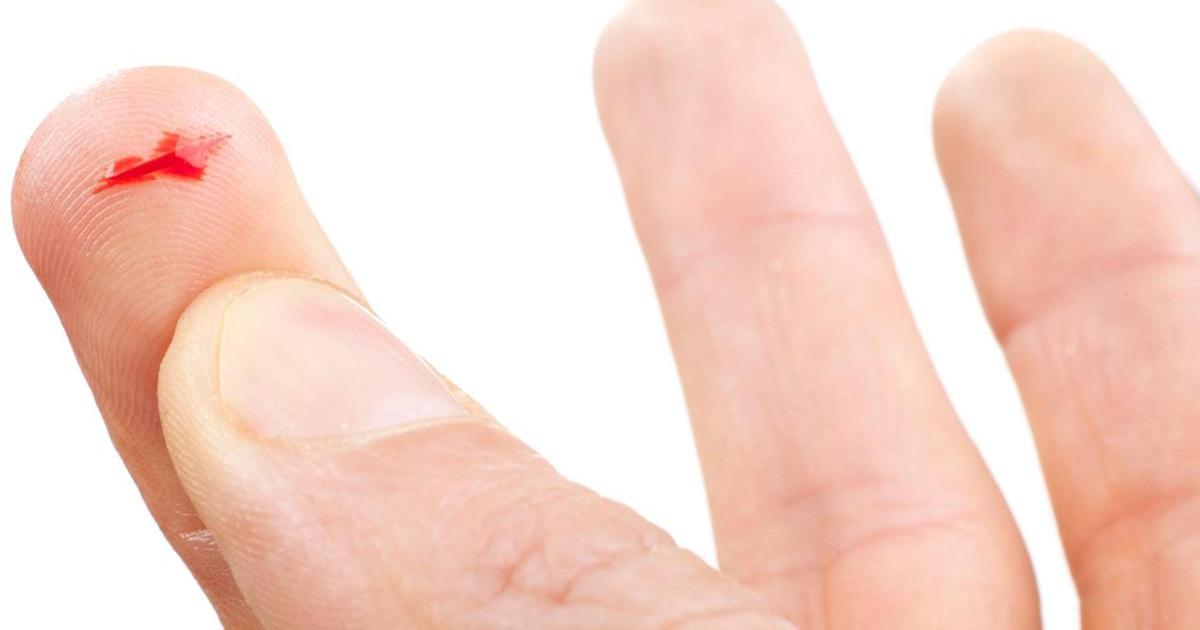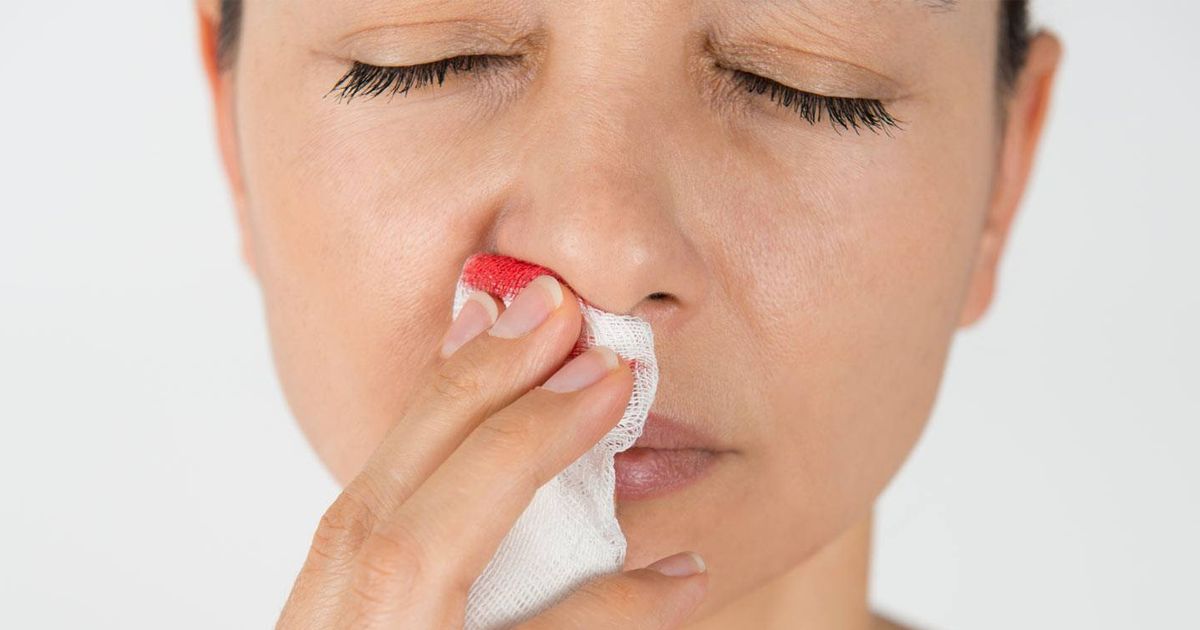What You Need To Know About Hemophilia
Most individuals go through life without having to worry about minor cuts and bruises. They can play sports, ride a bike, or skateboard and feel at ease doing so. Hemophilia patients, in comparison, do not necessarily have the same liberties because to them, minor cuts and bruises can have serious consequences. Most individuals with hemophilia were diagnosed with the disease when they were babies or young kids. They may have found out they had hemophilia following minor surgery, such as having their appendix or tonsils removed.
Read the following to learn about what hemophilia is and how it can be treated.
What Is Hemophilia?

Hemophilia is a disease that prevents blood from clotting properly. As a result, hemophilia patients bleed more than those without hemophilia do. Typically, when individuals get a cut, the body protects itself by sending platelets or sticky cells in the blood to the site of the bleeding. The platelets plug the hole by releasing chemicals, which attract more platelets, and by activating clotting factors, a protein mix that forms fibers to strengthen the blood clot and stop the bleeding. The human body usually contains thirteen clotting factors that play a role in this process. Hemophilia patients lack one of these factors, usually factors VIII or IX. In rare cases, they lack factor XI.
Uncover the symptoms of hemophilia next.
Symptoms Of Hemophilia

There are three main types of hemophilia: A, B, and C. Hemophilia A is the most common and occurs when clotting factor VIII is deficient. Hemophilia B occurs when clotting factor IX is deficient, and hemophilia C, the rarest form, occurs when clotting factor XI is deficient. The type of hemophilia an individual has determines the frequency and strength of symptoms. Some symptoms of hemophilia include spontaneous nosebleeds, unexplained bruising, bleeding gums, and blood in the urine or stool. In moderate and severe forms of hemophilia, symptoms are usually visible early in life. Children bruise easily and bleed excessively even with only minor wounds. They may also experience bleeding in the joints upon falling among other symptoms of hemophilia.
Learn about the causes and risk factors of hemophilia now.
